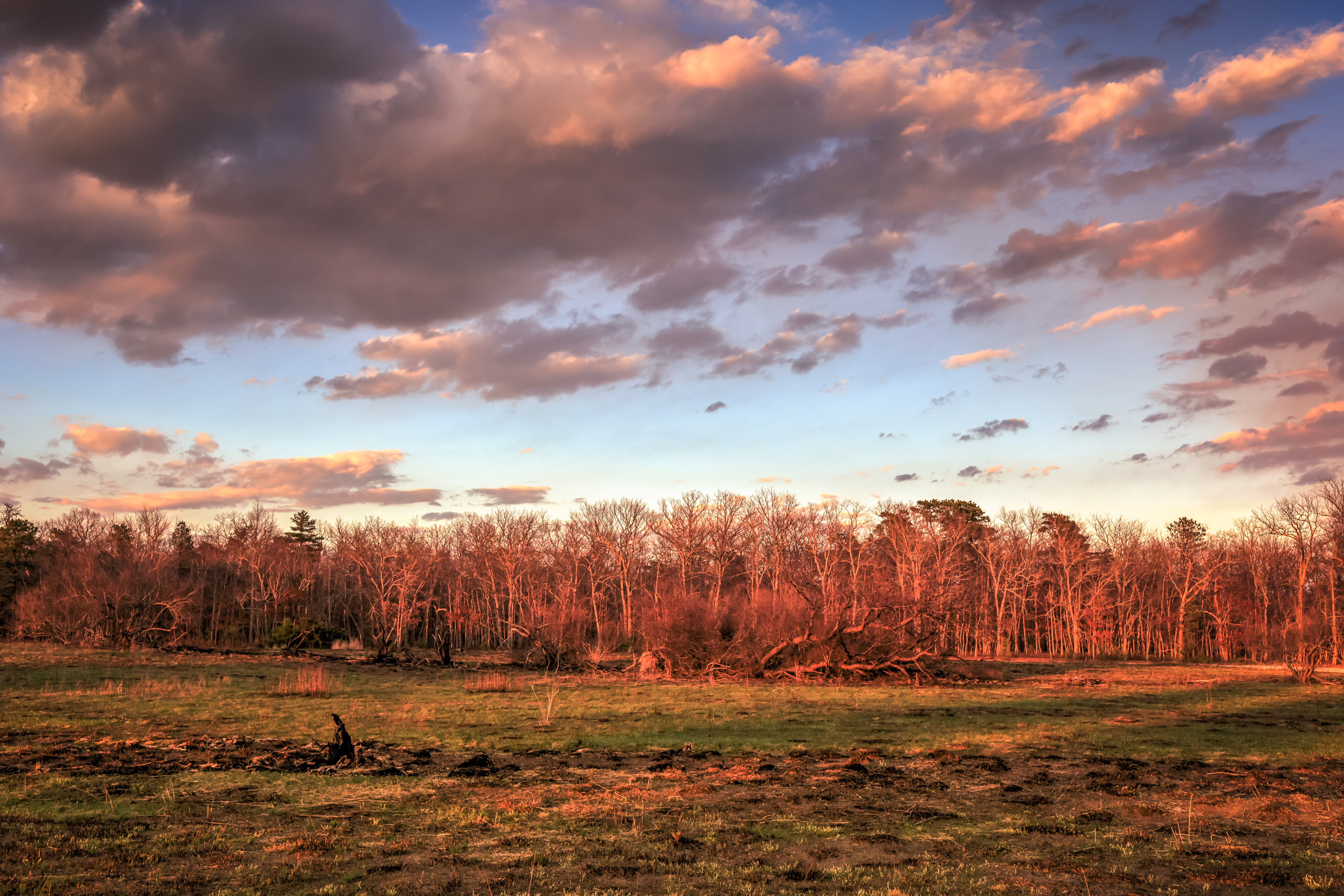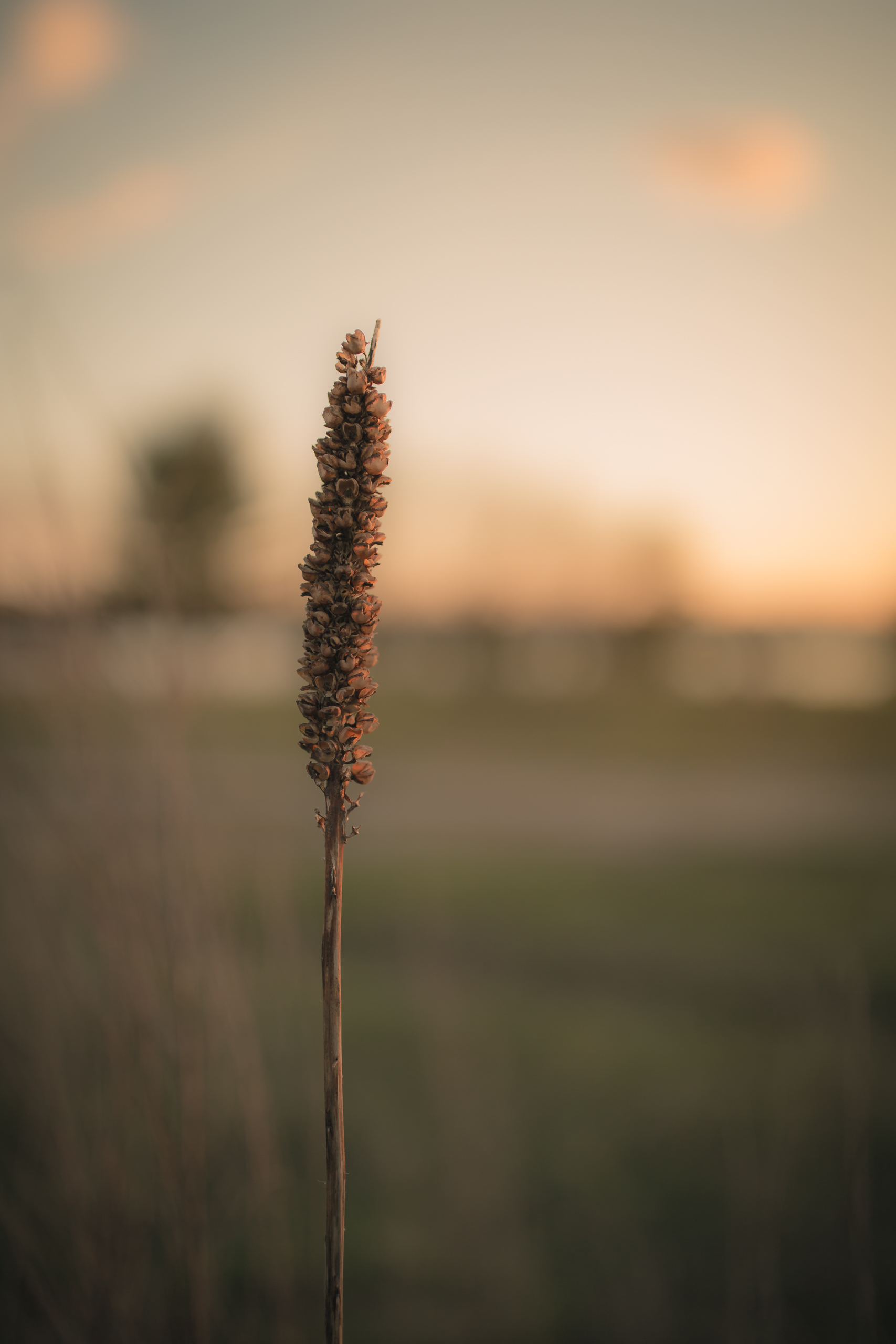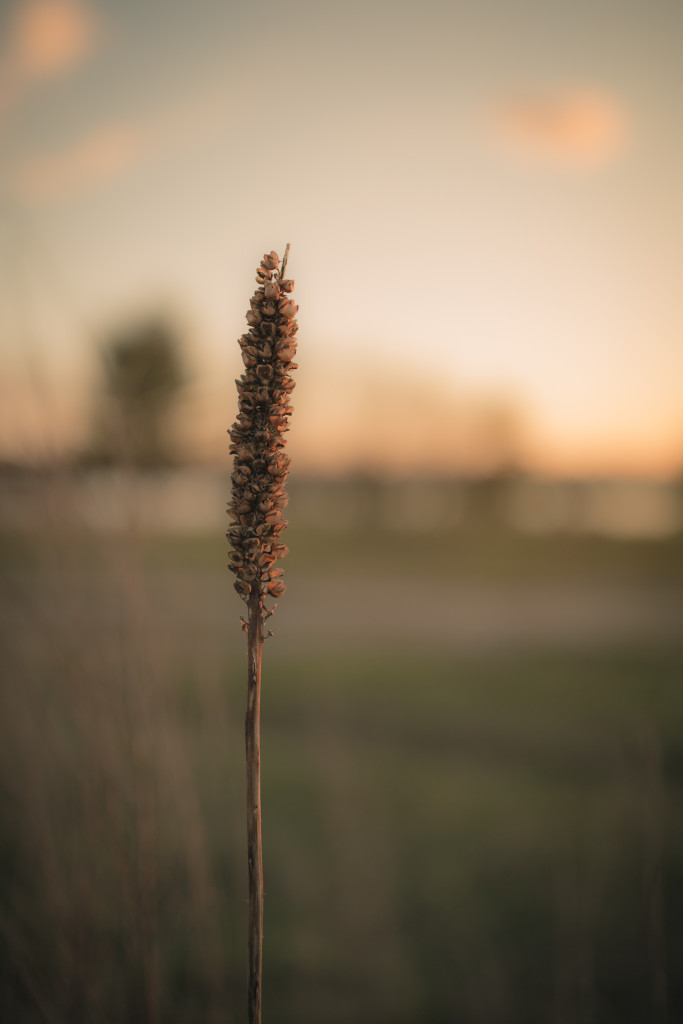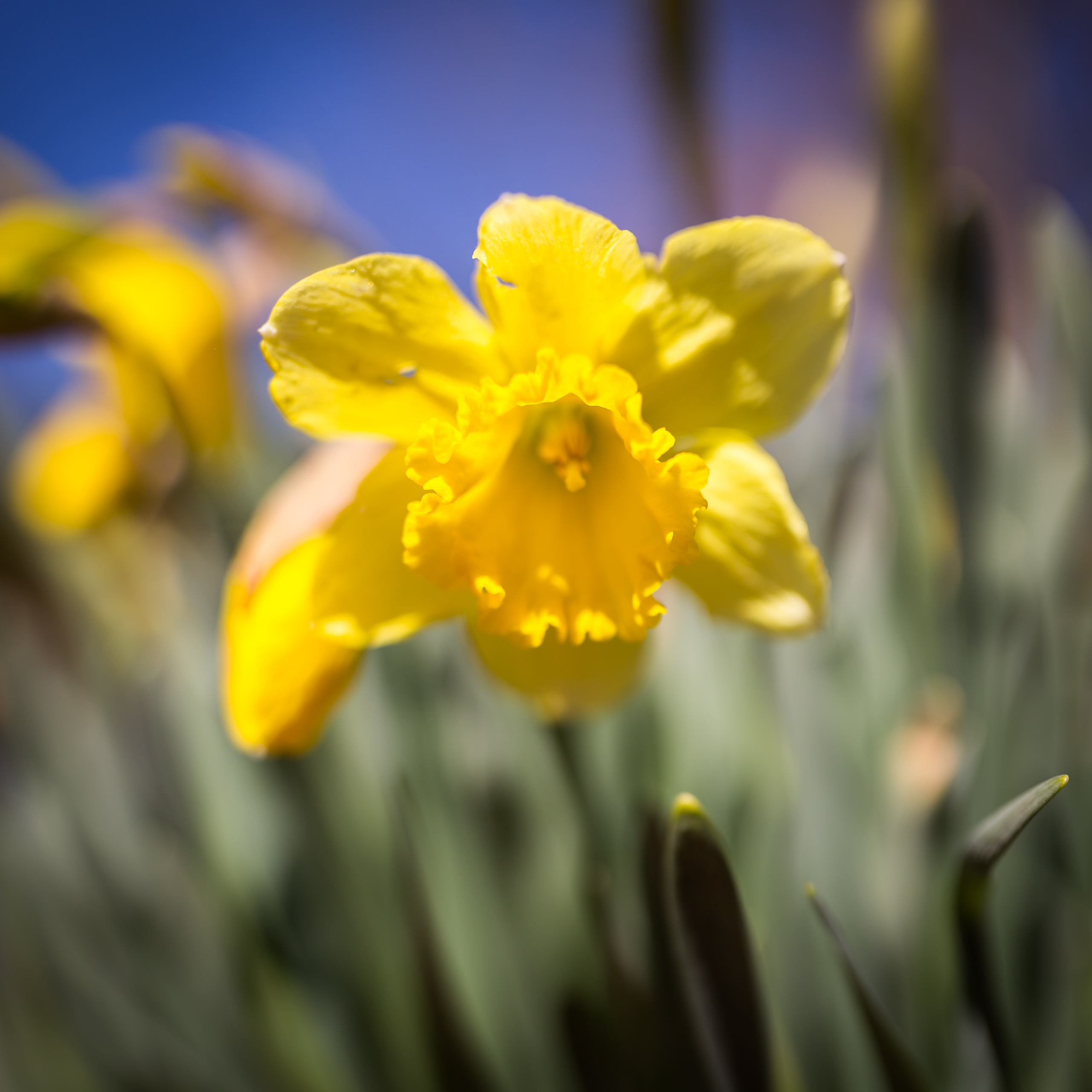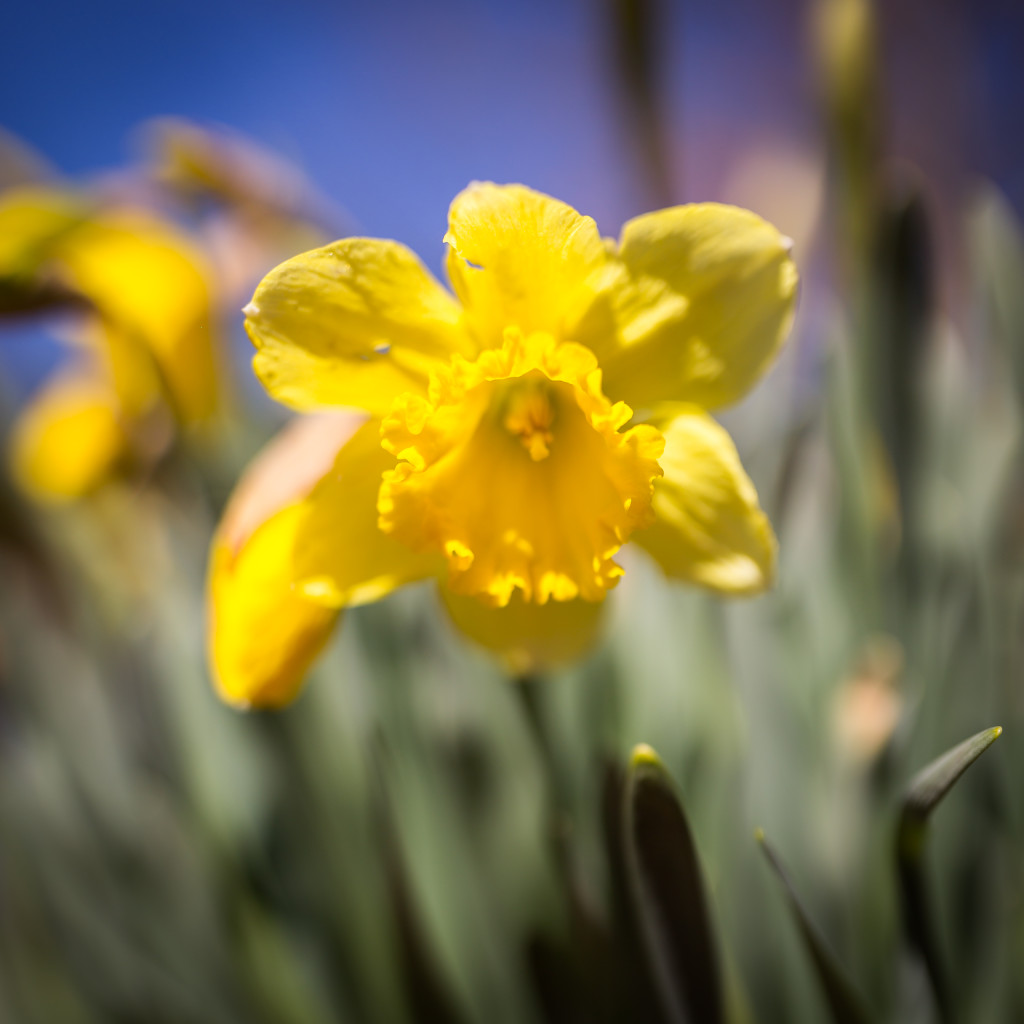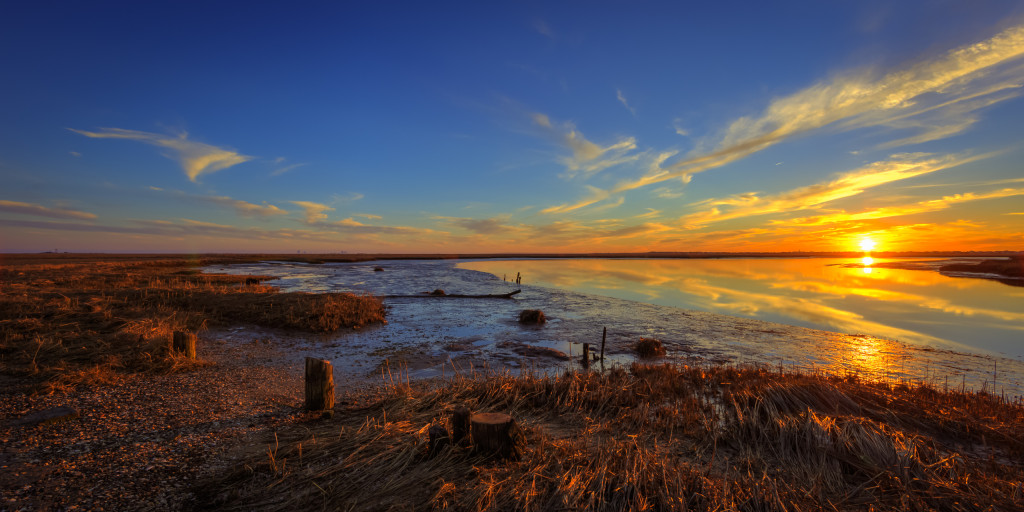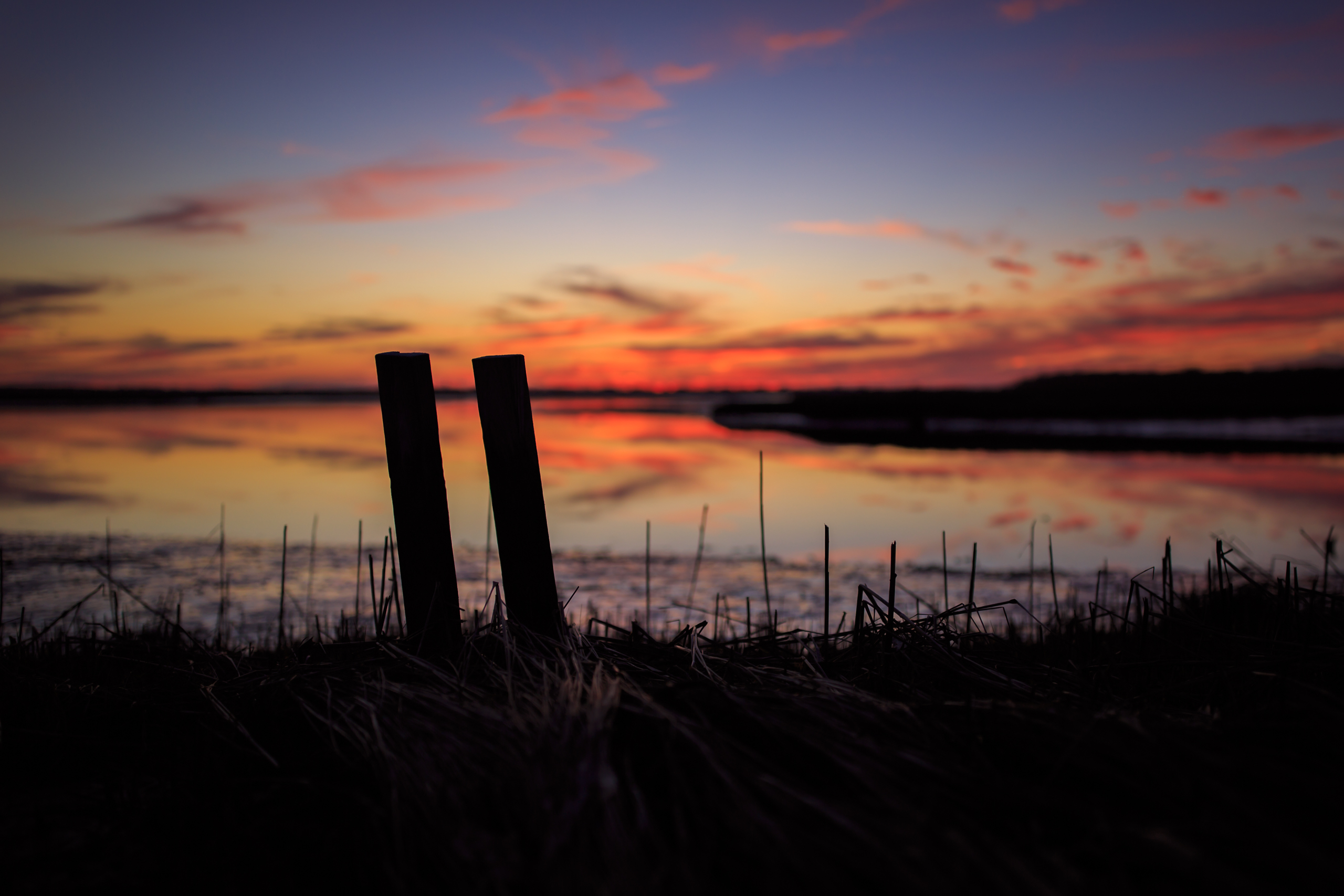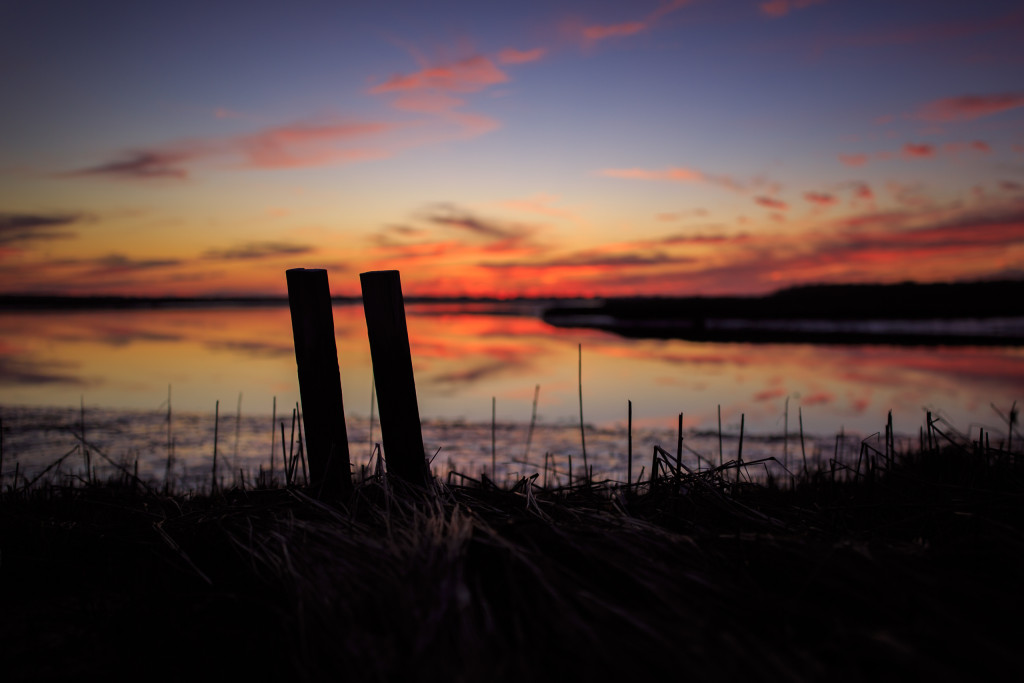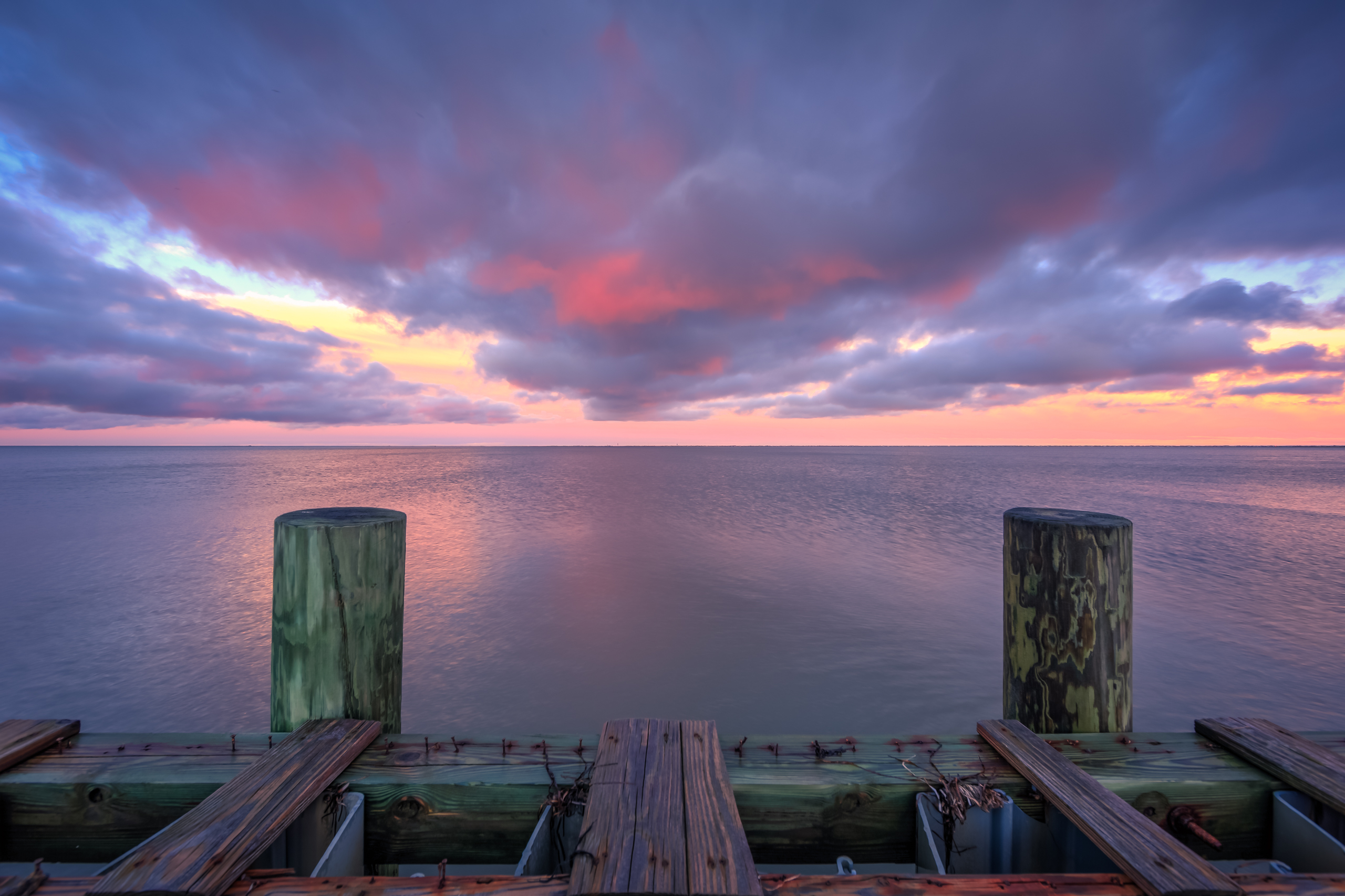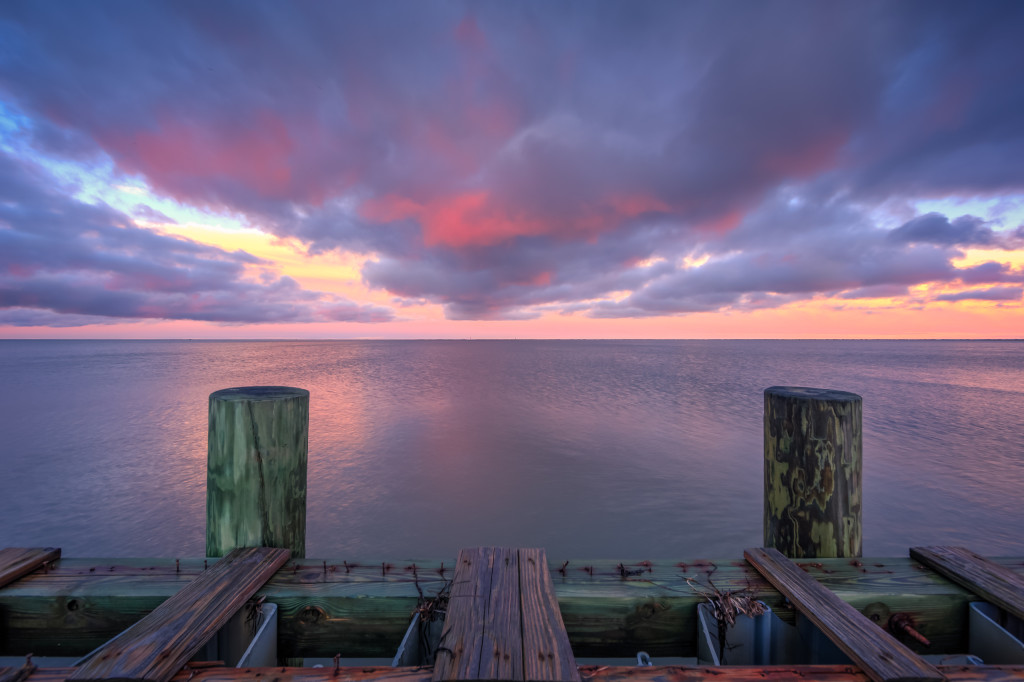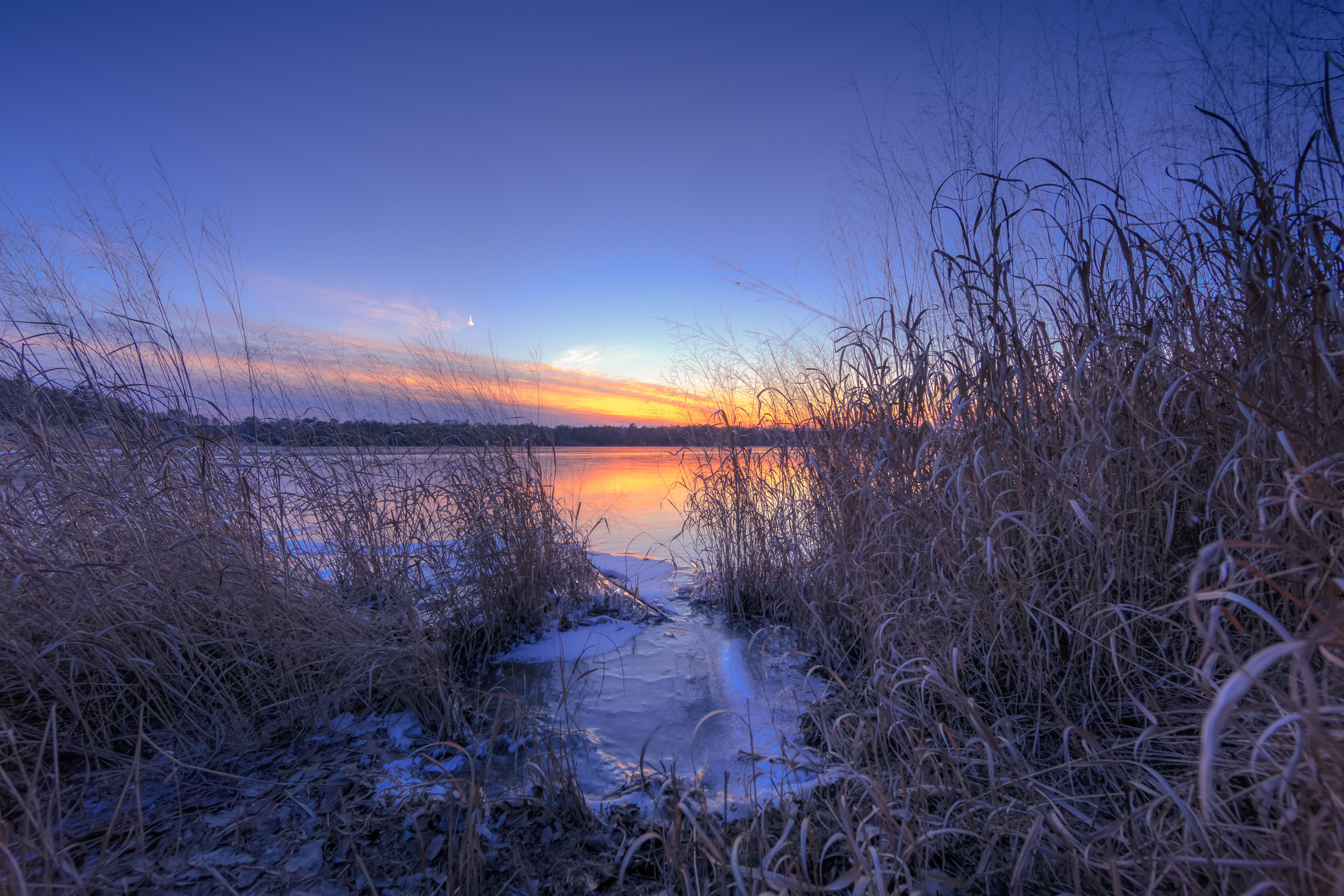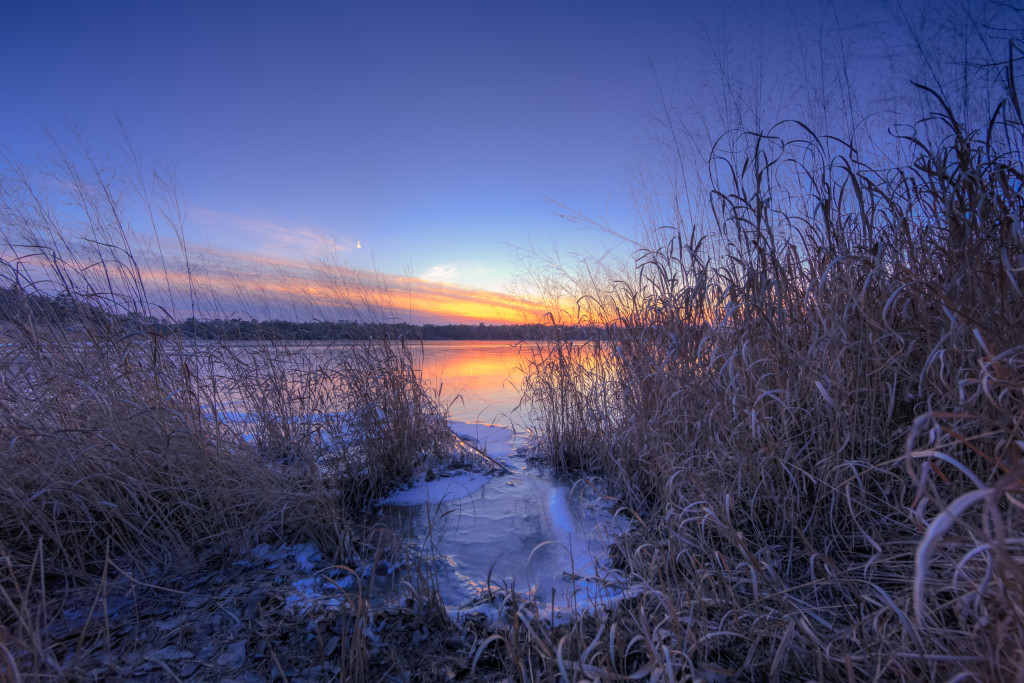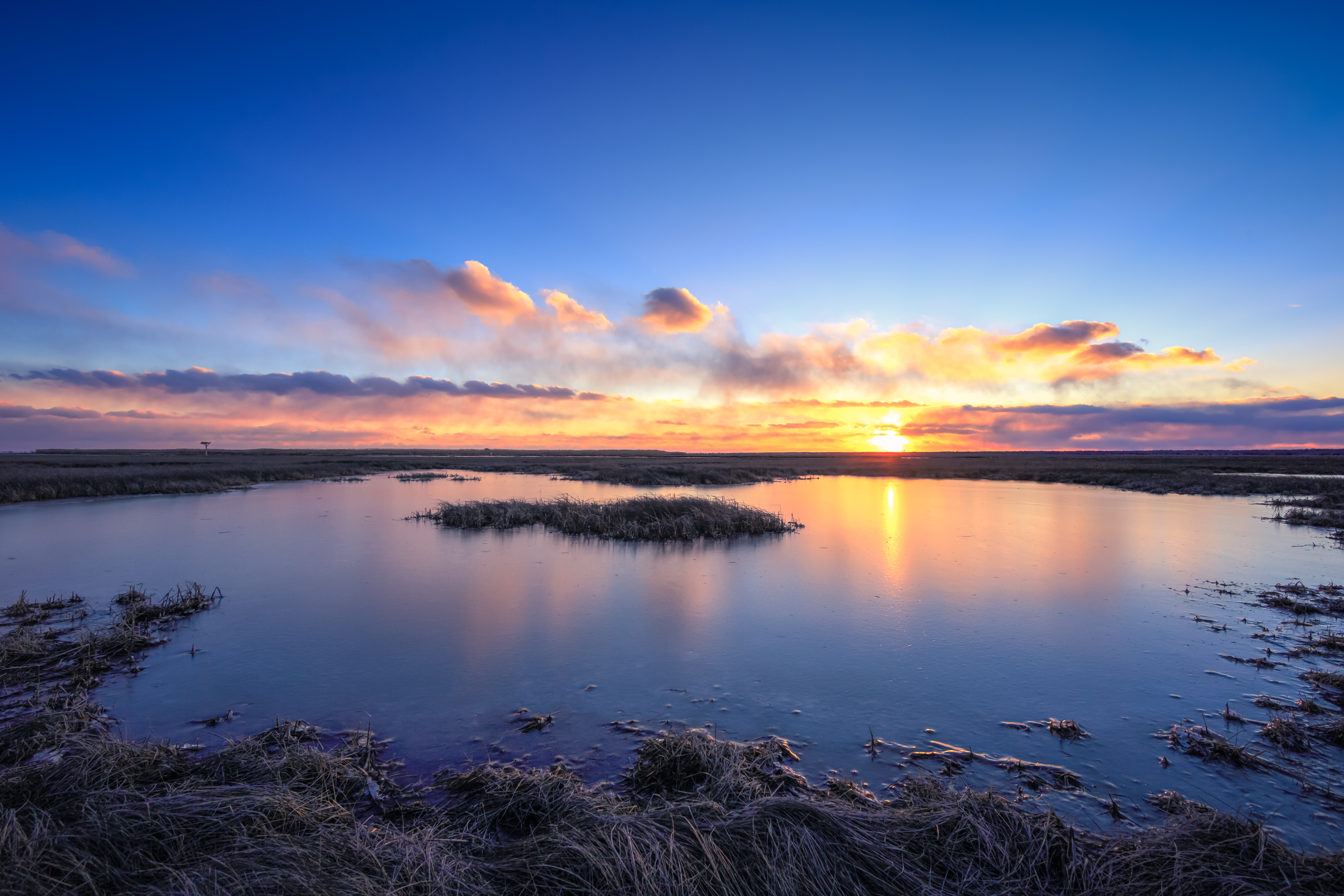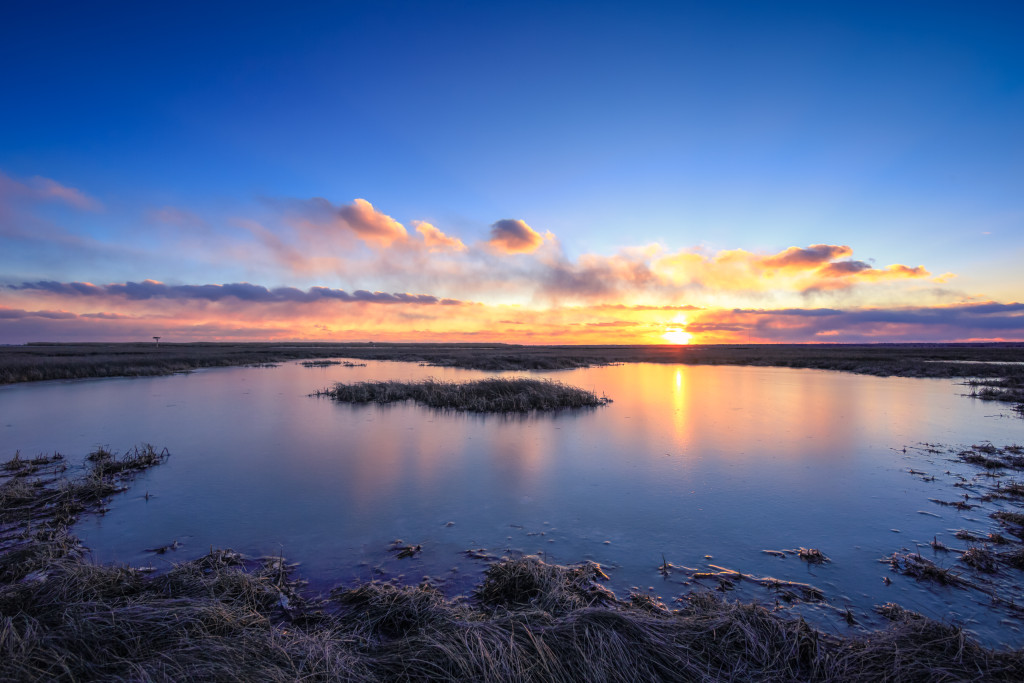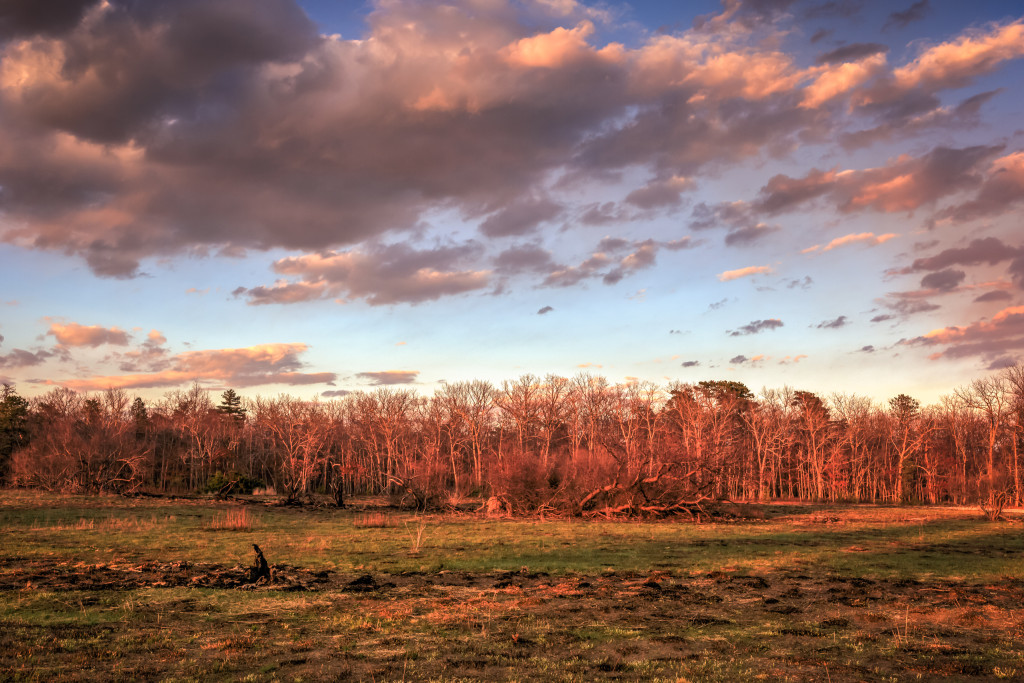
Test work with the 35mm continues. Yes, obvious work in progress is obvious, but the fact I took this photograph within moments of yesterday’s dreamy grass shot speaks to the versatility in this lens. To go from shallow depth of field work—getting close enough to near macro conditions—out to a serviceable landscape lens without any change in focal length. Simply stop down to ensure maximum sharpness through your acceptable area of focus, and you are golden.
In the photo above I stuck with a handheld, autofocus approach. I’ve yet to get this thing on the tripod where I’ll attempt to manually find the hyperfocal sweet spot for this lens and make multiple bracketed exposures. Once I figure that all out, I’ll be using this lens setup the same as when shooting landscapes on the 14mm. The big difference here will be a tighter image thanks to the extra focal length. For a theater of the mind comparison, look to the shot above—were I going with my 14mm rig the tree line would be pushed far back to the horizon leaving the trees still recognizable, though hardly discernible—they’d maybe be 1/3 as tall. Sure I would have been able to bring more sky and clouds into the frame, it just would have been at the expense of intimacy. With no interesting foreground subject, shooting ultra wide can get a bit boring. Of course not always, but in general.
Back to the subject at had. Considering this was a single shot, handheld, with no mirror lock while using autofocus, I am satisfied with the sharpness over all. Perfect? Hardly. Yet with some more time in the field putting in work with this lens system on my tripod mount, and I am confident the 35mm will become a key piece to my landscape arsenal.
Interested in buying? Purchase
